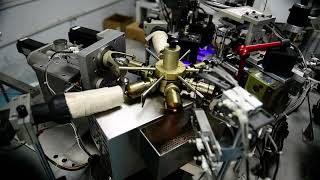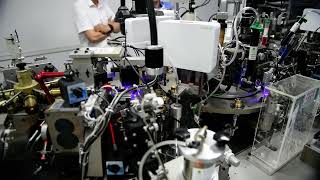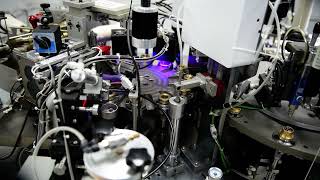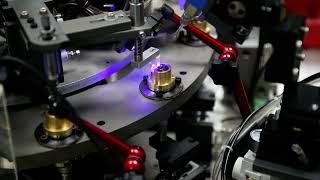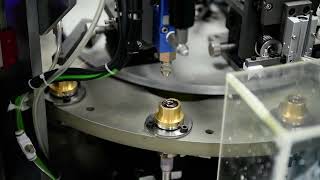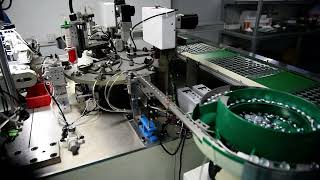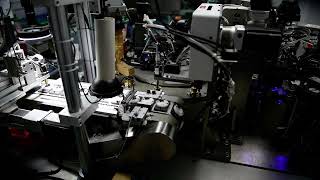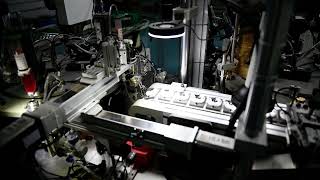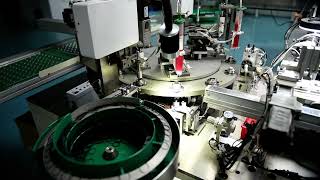Difference Between Condenser and Dynamic Microphone
Choosing the right microphone depends on understanding its design and use case. The two most common types—condenser and dynamic microphones—serve different needs in studio recordings, live sound, broadcasting, and mobile audio setups. Let’s explore how they differ in terms of construction, sound response, power requirements, and application suitability.
Basic Working Principle
- Condenser Microphones: Use a diaphragm placed close to a backplate to form a capacitor. When sound waves hit the diaphragm, the capacitance changes and converts into an electrical signal.
- Dynamic Microphones: Use electromagnetic induction. A diaphragm is attached to a coil that moves within a magnetic field, generating a voltage that mirrors the sound wave.
Power Requirements
- Condenser Microphones: Require external power such as 48V phantom power or battery for the internal preamp and polarizing voltage.
- Dynamic Microphones: Do not need external power and work passively through electromagnetic induction.
Sound Quality and Sensitivity
- Condenser Mics: High sensitivity and extended frequency response make them ideal for vocals, acoustic instruments, and studio applications.
- Dynamic Mics: Less sensitive but durable and excellent for loud sources like drums, electric guitars, or live vocals.
Durability and Application
- Dynamic Mics: Rugged design, moisture-resistant, and ideal for stage performance and field use.
- Condenser Mics: More fragile due to delicate components and typically used in studios or controlled environments.
Price and Market Availability
- Dynamic Microphones: Generally more affordable and readily available for casual to professional use.
- Condenser Microphones: Often more expensive due to complex electronics and higher sound fidelity capabilities.
Comparison Table
| Feature | Condenser Microphone | Dynamic Microphone |
|---|---|---|
| Working Principle | Capacitor (electrostatic) | Electromagnetic induction |
| Power Requirement | Yes (phantom power or battery) | No |
| Sensitivity | High | Moderate |
| Frequency Response | Wide and flat | Limited and curved |
| Durability | Delicate | Robust |
| Typical Use | Studio recording | Live sound, broadcasting |
| Cost | Higher | Lower |
When to Choose Which?
- Use Condenser Microphones – For studio recordings, podcasts, vocals, and acoustic instruments where sound accuracy is critical.
- Use Dynamic Microphones – For stage performances, broadcasting, drum kits, and electric guitar amps where durability and feedback resistance are essential.
Whether you prioritize clarity or resilience, understanding the difference between condenser and dynamic microphones helps you make the right audio choice for your setup.


